Companies hold sales, contests and other events for their customers — do everything to attract their audience and increase profit. In the age of mobile devices — when all communications are made by direct messages and people always keep their gadgets at hand — promotional messaging become a great instrument to hold the interest.
This article tells you what is it, how to create the perfect text, achieve results, and don’t make your clients angry — all through real examples.
Promotional messages are sent to customers to inform them about promotions, discounts, a new product, or events. Companies increase clients’ engagement and sales through marketing campaigns.
What is the difference between promotional and transactional messages?
If transactional messages are used for automated interactions – such as account verification – promotions are used to drive customers’ awareness. There is also some difference in the law: according to privacy policy sending a promotional text requires a client's permission while a transactional message can be sent to anyone.
A text – no matter will it be voiced or just written – should consist of some features to become a promotion. Let us consider them and learn how to make a message that will actually promote your business and let you gain impressive results:

Use clear USP (unique selling proposition)
A client will buy something only if he understands what a product or service do you offer. From your text, a customer should learn what your offer is, what problems it might solve and why it is better than the one your competitors provide.

Focus on your target audience
Before you start a promotion you need to identify the group of people who might be interested in your offer. Main qualities according to those a portrait of an ideal customer is formed:
age
gender
education
profession
interests
hobby
income
Find your target, learn its problems – and offer a suitable solution to gain the best results.

Provoke the customer
Most of the people make a decision – to continue listening or reading the offer or not – in the first 5-10 seconds. At this time, you should make a catchy title for customers' interest engagement. This text may contain some intriguing information and promises to reveal it later. Then the customer will want to learn more.

Give full information
You already took time from your clients, so don’t let them be disappointed and give all information they seek. If you promote the future sale, tell the customer, when it will be, where and for which products, and how big will be the discount.

Leave a “bait”
Everyone loves getting presents. People are ready to spend their money on some free bonuses, even if they did not need them. So don’t forget to offer clients seasonal discounts or other events and increase your sales several times. If you sell services or programming products, you can also provide a free demo. It will hook a client and give you his trust because he will learn the advantages of the offer through real experience.
It is not necessary to use all of these practices at once. But applying even some of them can make your promotional messages successful.
We learn how to make good promotional messages. Now let’s see some examples of them – in 10 different business areas.
Food market
Company offers to buy a pack at a seasonal holiday and get a free gift for the next order. The promotion also has a limited time - it provokes a customer to make a decision faster.
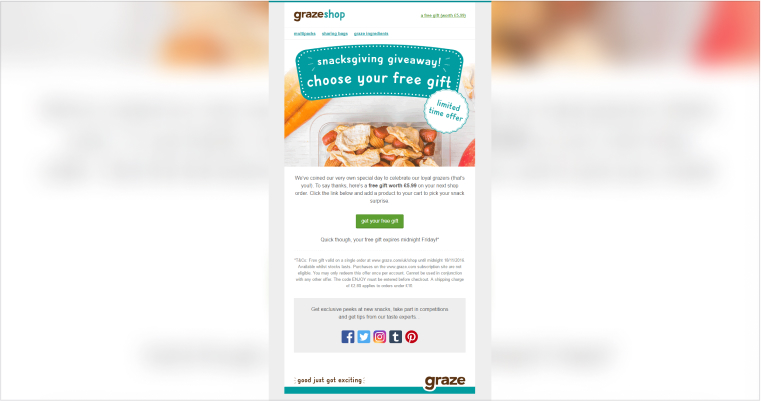
Gift shop
The shop offers to solve a client problem with a prepared submission and do it fast. For the target group speed can be more valuable than price, because it often happens then someone forgot to buy a gift in advance.

Vehicle local distribution
Porsche dealer gives the unique offer to buy a car with a discount. Effectiveness is increased by time frames and catchy motto.
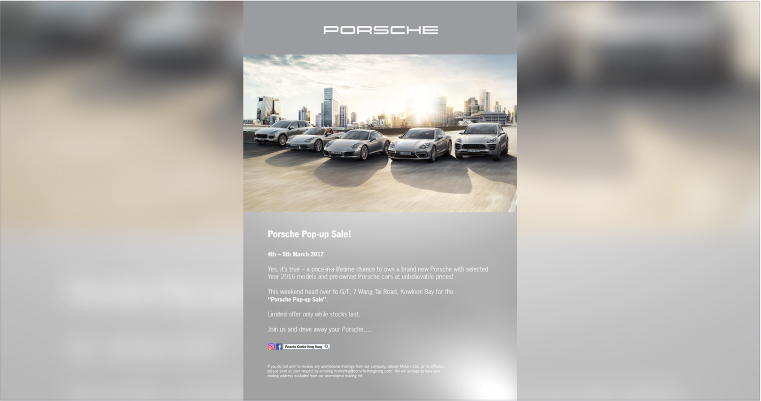
Spa salon
The salon offers a spa program with a huge discount and a free additional service. The promotion was held on the eve of Mother’s day - it is an interesting option for their target group who was looking for a gift. Salon doubled the effectiveness of the offer by making it time-limited.
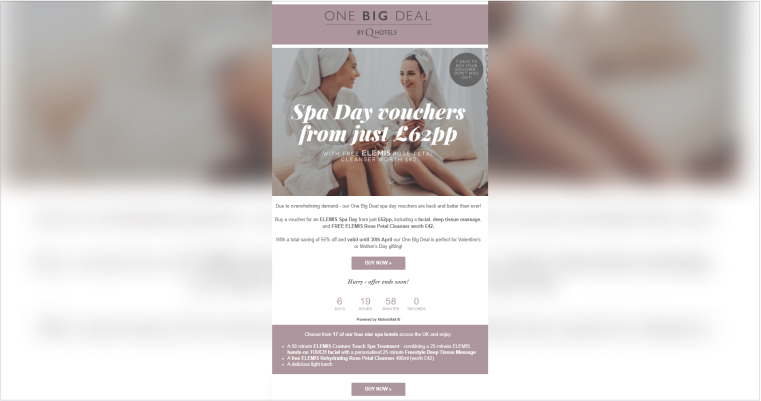
Fitness club
The club made clients react by messaging to get a discount for service. So the club could attract target group attention and collect the statistics of the campaign at the same time.
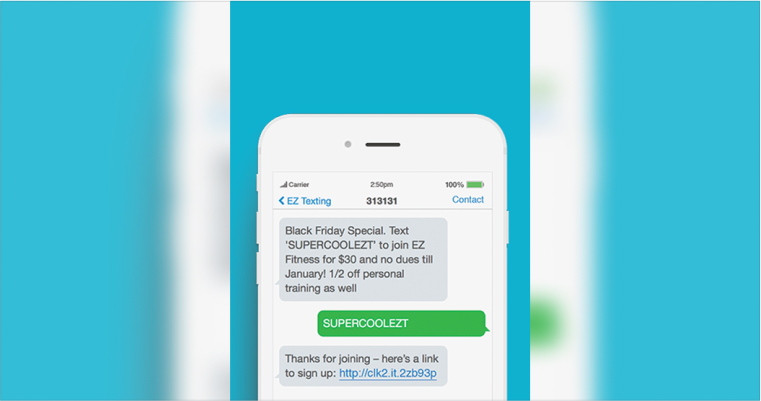
Restaurant
The restaurant changed its policy according to a modern situation and allowed clients to make take-out orders. Discount aims to distract consumers’ attention from fast food. Time limits need to concentrate the interest and confirm that restaurant statement about fresh fish.

Pharmacy
The company tries convincing its clients to make a flu shot to get a discount. It is a good marketing move because it is profitable for the company as well: clients who made the flu shot will come to the store to make a purchase. This turns a message into an effective promotional one.

Bank
The bank presents a new product by this promotional email. It gives full information about the offer, its advantages, a free feature, and a clear call for action - indications of a literate promotion.
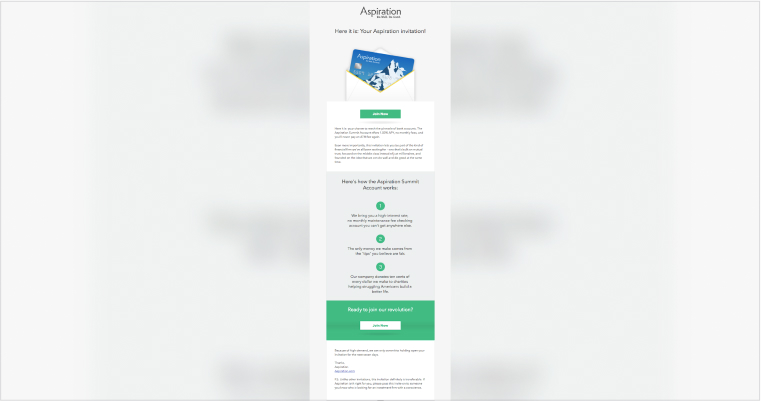
Sport
This SMS plays on target group feelings. Fans loves merch: such an offer will entice them and increase tickets sales.
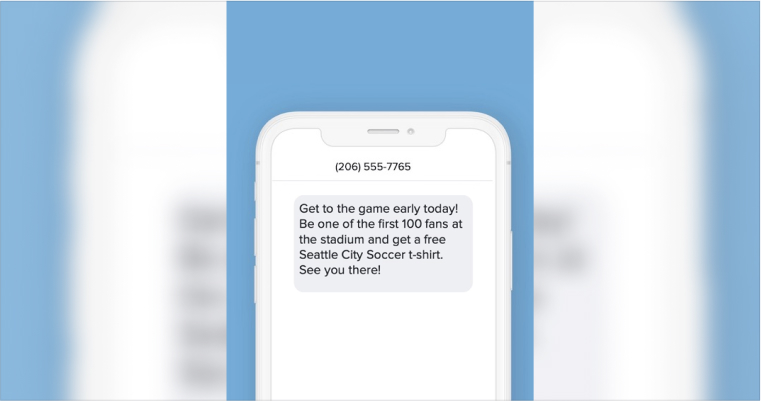
Design platform
Surveys are used for collecting feedbacks - and interest attraction. If the company offers something in return after getting answers - for example, discount for services or products - clients more likely will participate in it and will increase their loyalty to a brand.
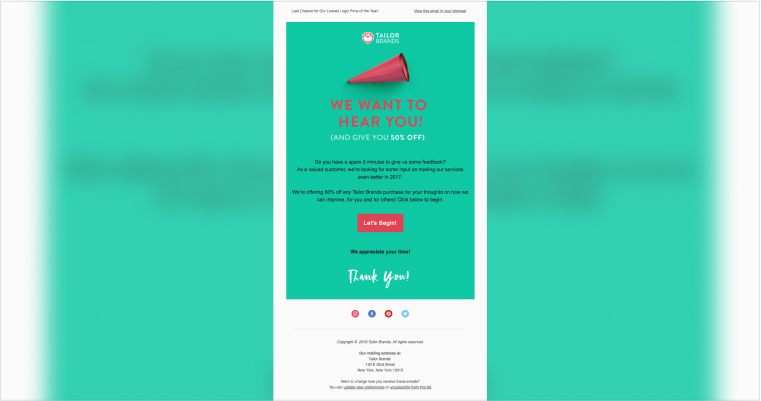
As you noticed, channels used for promotional messaging are SMS, email, and text messengers. Let’s check the advantages and disadvantages of each of them:

SMS
The most popular and well-known channel for promotions – clients are used to SMS. There are a lot of services that allow businesses to send automated bulk SMS with few clicks. Yet, this channel is noted for its low delivery rate and inability to collect any statistics.

This channel allows making colorful and detailed promotions. Sending an email is cheap and you can always collect all the data about clients’ behavior. However, this statistic shows that such letters have quite a low open rate. A lot of clients get a message too late or even lose it in the Spam folder.

Text messengers
Messengers are convenient: plenty of people has them on their phones and can read your offer immediately. This is the reason for its high open rate. Besides unlike SMS offer can content a text with a picture. Nevertheless, messengers have gaps as well – high prices and the complexity of monitoring.
Besides these channels, you can also use voice calls. Here are some advantages:

Calls draw attention better than text messages – their delivery rate up to 98%, so more clients learn about your promotions;

Calls are much cheaper than SMS;

Calls are interactive – possible to get immediate feedback for your offer.
The easiest way to make an advertising call is using automated services such as Effebot. You just need to load an audio clip, phone numbers, and press “Start”.
Automated calls give you another possibility to increase promotions influence - to record a voice message by your own voice and make an offer more personal.
The main problem with promotional messages – some companies make them too promotional. What is that mean? If a message:
- does not provide clear value to a customer;
- does not include a clear call to action;
- consist an obvious lie;
- use too many words like “free”, “discount”, “sign up” or overuse caps lock.
Such a message can be considered spam and be blocked. Check your text attentively and evaluate the benefit of the offer for your customers before sending it. It will help you to avoid these problems easily.
The impossibility to refuse mailings can also turn a client away from a brand and spoil a company's reputation. Even if you get permission to send a message in the first place, you should give a customer an opportunity to stop the mailing. Consider it before the start of the campaign to avoid unnecessary law problems.
There are also some other mistakes such as:
- non-target customers;
- too frequent mailings;
- wrong timing;
It is possible to solve them just by analyzing the market – so pay particular attention to this.
Besides these, do not combine several offers, which may confuse and lower the interest in your promotion. And always check your text for grammatical and spelling mistakes – even such a simple thing can spoil the brand reputation.
As you could notice, all mistakes easily disappear if you adhere to the best practices for the promotion text we shared earlier.
A promotional message is a great tool to build up the suspense of customers, introduce a new feature, service, or event. Compared to other types of advertising it is also one of the cheapest ways for consumers’ engagement – messaging is affordable even for small businesses.
Yet making such a message which will hook your clients’ interest is not a simple task. There is a simple algorithm that will help to make your promotion process easier:
1. Make up a clear and informative offer that will refer to your target audience.
2. Add an intriguing title or promise for future discounts or gifts.
3. Choose a suitable channel for mailing – for example, if you need immediate feedback, automated calls will be the best option.
In addition, don’t forget to analyze the market, customers’ behavior and never lie in your text or make spam out of it. Follow these simple rules, draw inspiration from other successful campaigns and profitable results will not be long in coming.